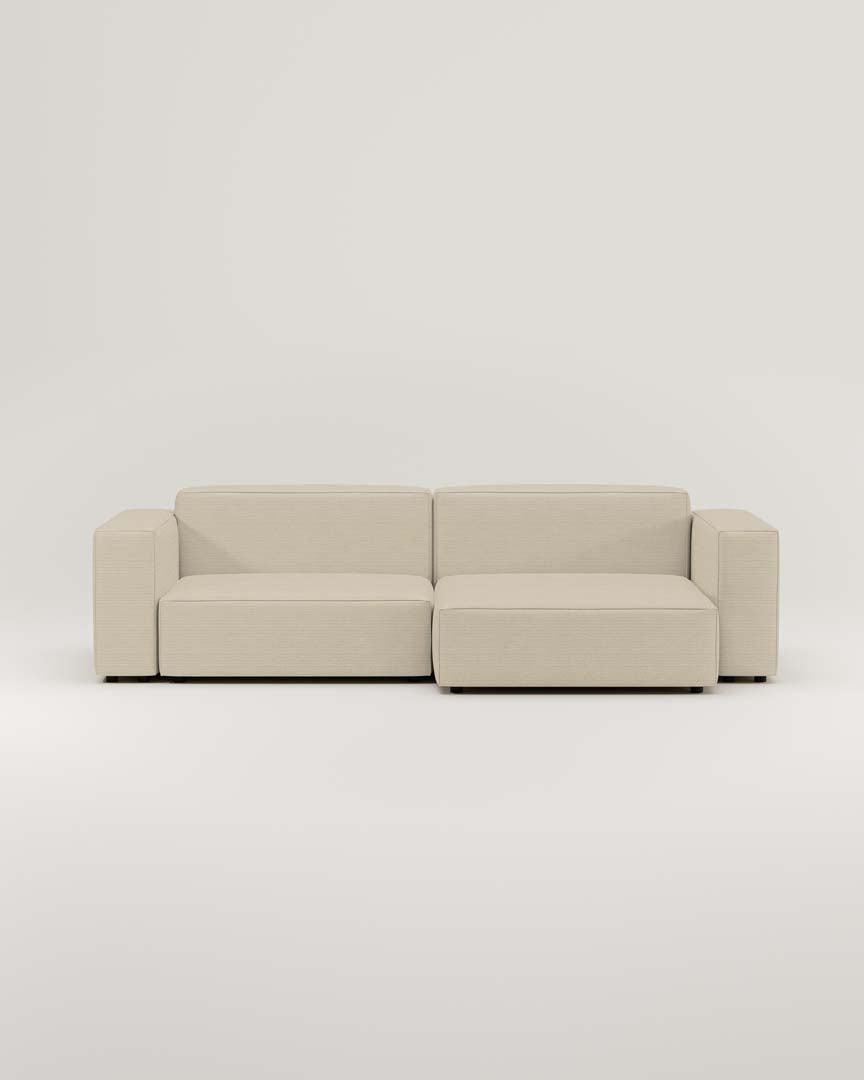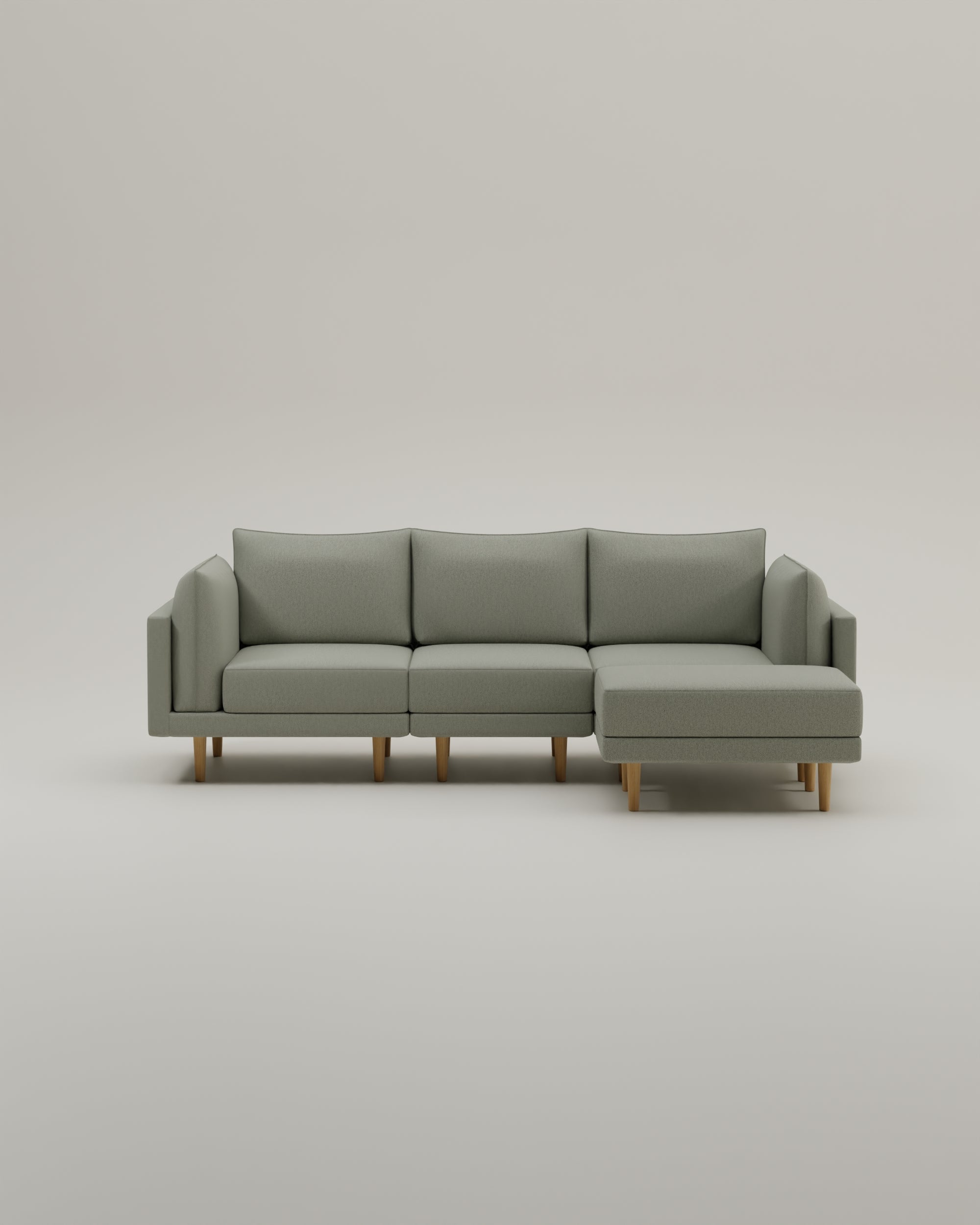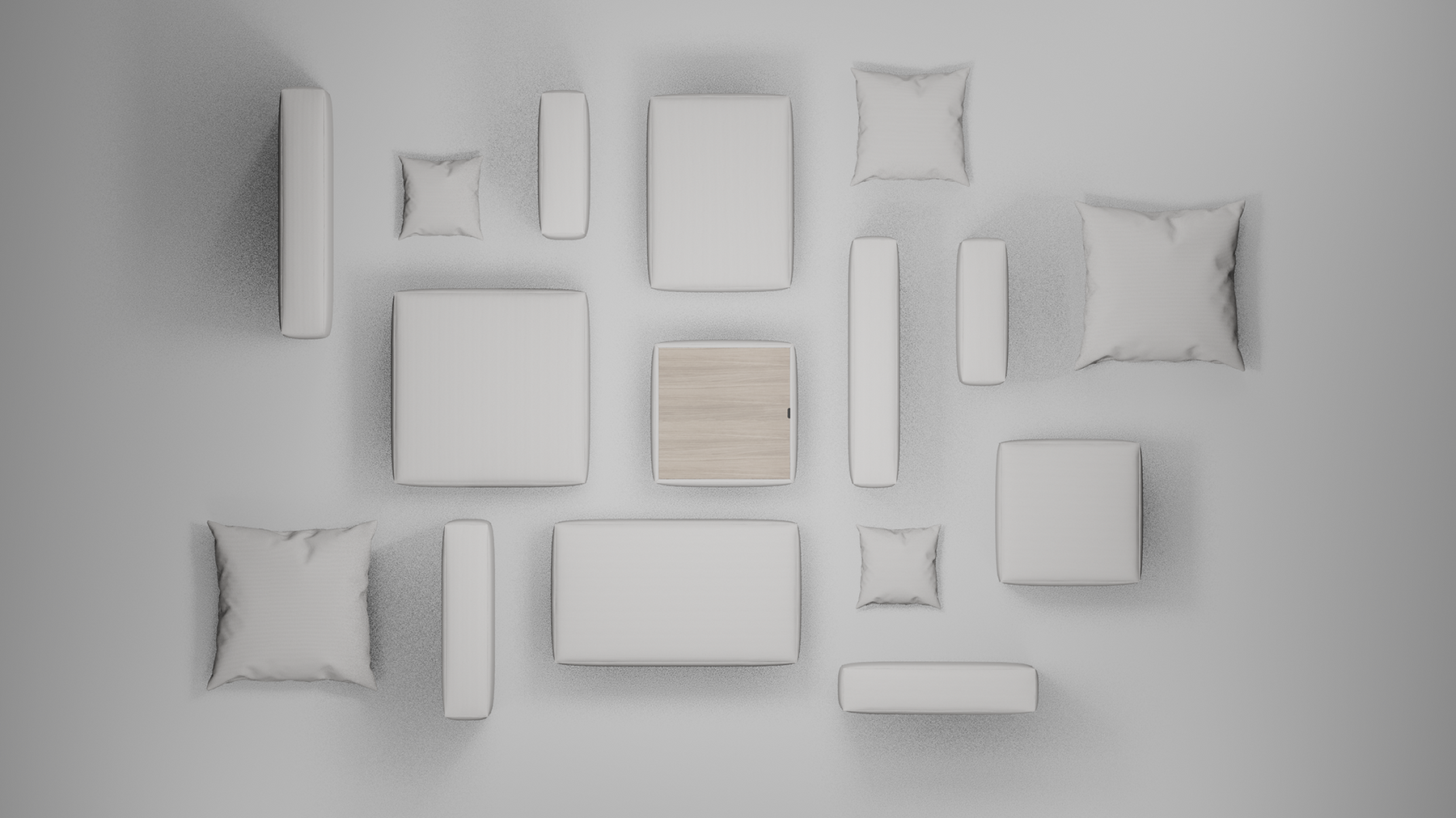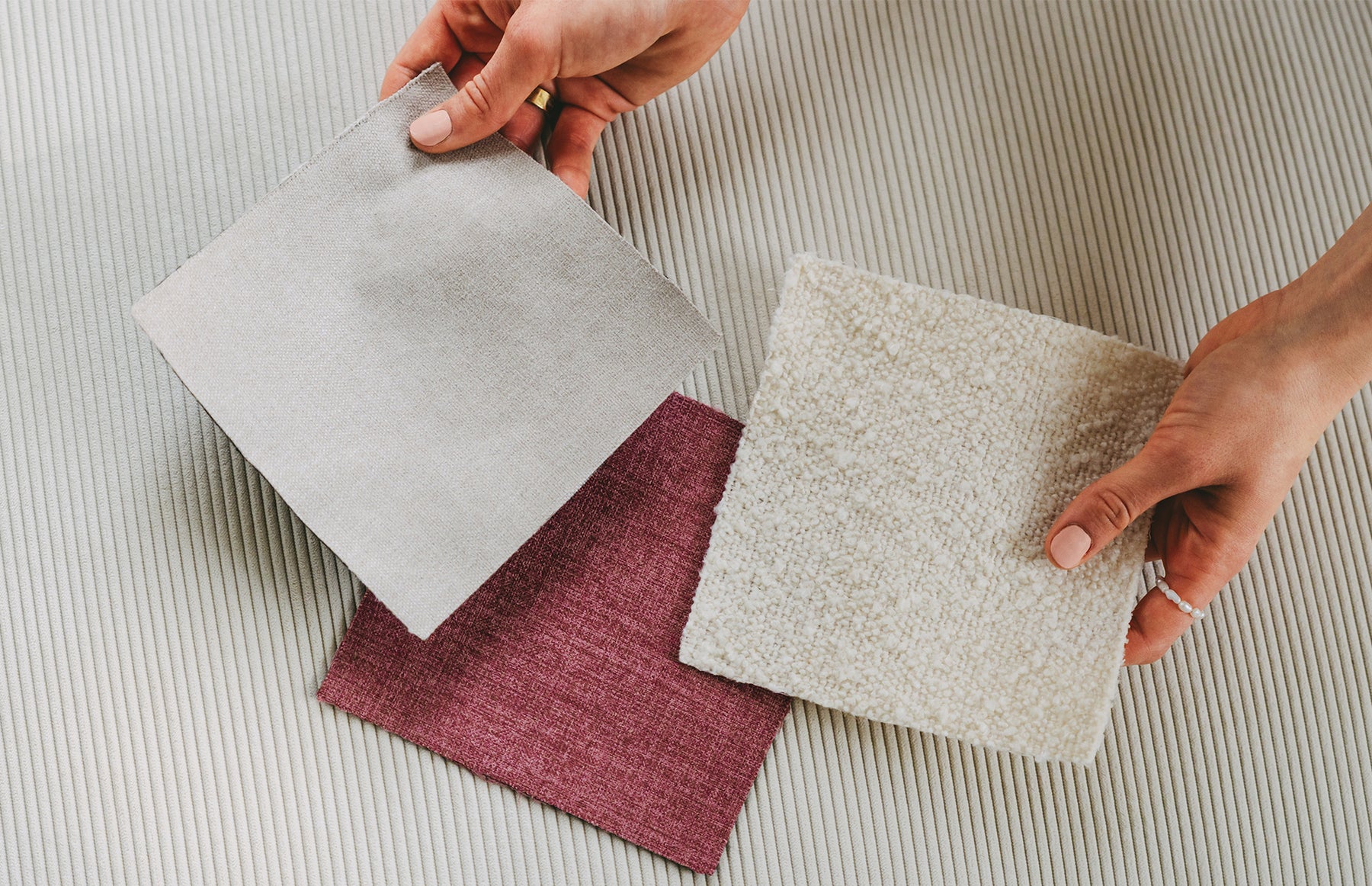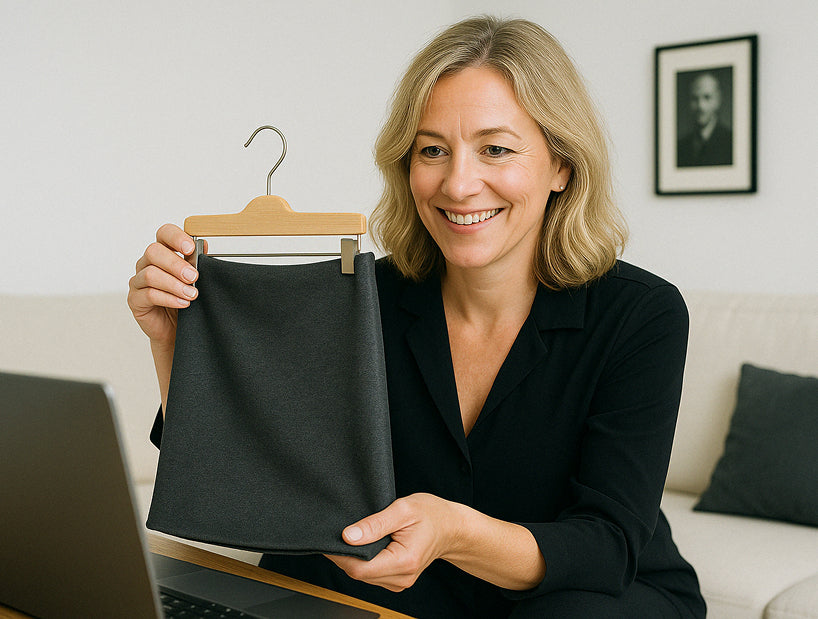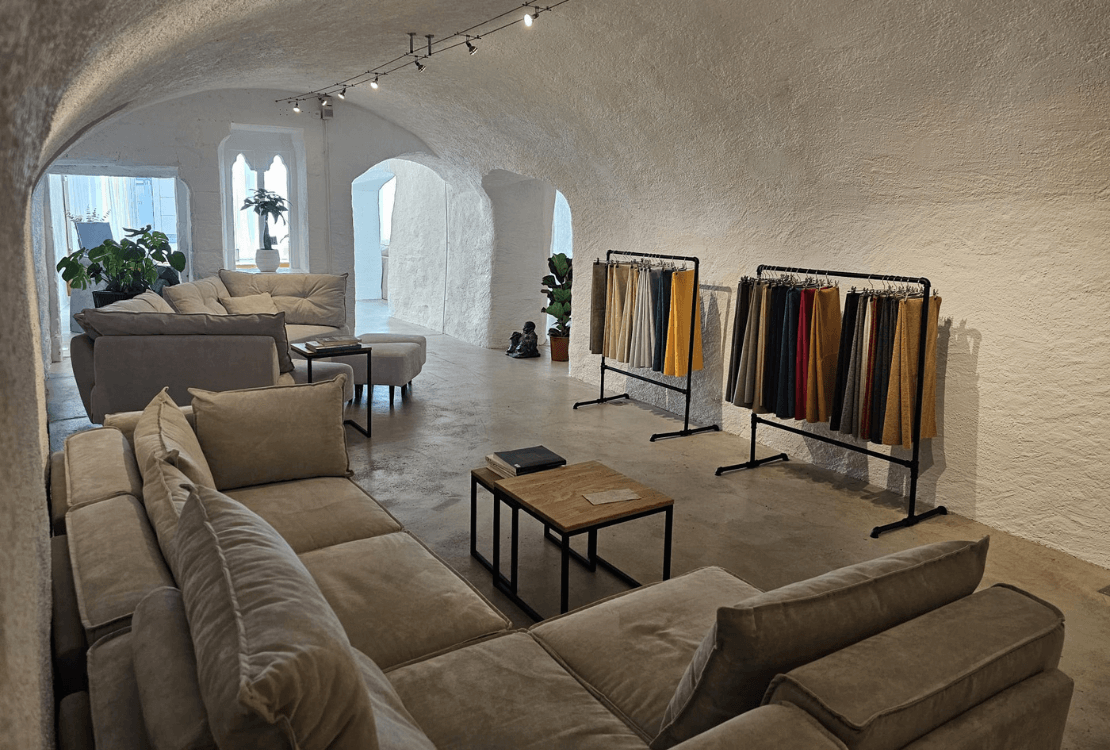When it comes to choosing fabrics for furniture, it is important to understand the different properties that can affect their durability and quality. Three such characteristics that are often discussed are lightfastness, abrasion resistance and pilling resistance. In this article we will take a close look at each of these properties and why you should play a role in choosing fabrics.
What is lightfastness?
If we place furniture in our houses, we want to make sure that they stay beautiful and colorful for a long time. Light keyness is the property of a substance, its Color and to preserve brightness despite exposure to sunlight. A light nuclear fabric retains its Color And do not fade over time. This is particularly important because sunlight contains harmful UV rays that can let the colors of fabrics fade.
The importance of light fatty in fabrics
Why is lighting touch so important? Well, nobody wants to have furniture that bleached after a short time and lose their original beauty. Light keyness ensures that the Color remains stable of one fabric and is not affected by sunlight or other light sources. This is particularly important for furniture that is placed close to windows or stand in rooms with a lot of natural light. By choosing a lightfast fabric, you can make sure that your furniture remains radiant for years.
Factors that affect lighting keys
There are various factors that can influence the lighting touch of a fabric. The type of fibers from which the fabric is made can make a big difference. Natural fibers like Cotton tend to be less light cheeky than synthetic fibers such as polyester. The type of dyes and the type of coloring the fabric can also influence the light. It is important that the manufacturers use the right dyes and coloring methods to ensure that their fabrics are lightfast.
Another factor that affects lighting cock is the thickness of the fabric. Fainter fabric usually offers better protection against UV rays and can therefore longer Color keep. In addition, the quality of the fabric also plays a role. High -quality fabrics are often better protected against fading than inferior materials.
An interesting aspect of lighting keyness is that it is important not only for furniture, but also for clothing. Nobody wants their favorite clothing to have a few washes Color loses. It is therefore important to choose clothing made of light nuclear fabrics to ensure that it stays colorful for a long time.
Various tests are carried out in order to determine the light keyness of a fabric. One of the most famous tests is the Xenon arch lamp test, in which the fabric is exposed to controlled exposure to artificial sunlight. The lighting keys can be assessed by monitoring the color changes of the fabric.
Ultimately, lighting keys is an important factor in choosing furniture and clothing. By choosing lightfast materials, you can make sure that your furnishings and clothing for a long time Color and keep beauty.
Abrasion resistance and its role in the textile industry
Abriting resistance is another important property of fabrics for furniture. If we use our furniture, we inevitably put you out of a certain wear and abrasion. A high abrasion strength ensures that the substance can withstand these loads and is not quickly worn out or damaged.
The abrasion resistance of a substance is usually measured using the so-called Martinndale test. In this test, the fabric is rubbed against an abrasive surface to determine its resistance to wear. The higher the number of Martinndale cycles that a fabric can withstand, the more abrasion-resistant it is. Most fabrics for the furniture area have an abrasion resistance of at least 15,000 martindal cycles. Livom offers for example Fabrics that have an abrasion resistance between 45,000-100'00, which is very high.
Discover our modular and sustainable sofas
To improve the abrasion resistance of your fabrics, manufacturers often use special techniques and materials. One way is to treat the fabric with a protective finish that offers an additional layer to protect it from wear. Another approach is the use of special fiber mixtures that can offer higher abrasion resistance. If you buy furniture, pay attention to fabrics with high abrasion resistance to ensure that they last long.
Apart from the furniture industry, abrasion resistance also plays an important role in other areas. In the clothing industry, for example, it is crucial that fabrics are abrasion -resistant to ensure a longer lifespan of the clothing. High abrasion strength is particularly essential for outdoor clothing that is exposed to extreme weather conditions.
Another area in which abrasion resistance is of great importance is the automotive sector. Car seats and interior cladding must withstand constant stress, be it by getting in and out of passengers or daily use. It is therefore important that the substances used have high abrasion resistance to ensure their durability.
The abrasion resistance is also of great importance in the sports industry. Sportwear and equipment such as backpacks must withstand the high loads that are associated with sporting activities. A high abrasion resistance ensures that the products last long even when used intensively and offer the athletes a reliable performance.
The abrasion resistance also plays an important role in the construction industry. Floor coverings, such as carpets or laminate, must withstand regular stress and should therefore have high abrasion resistance. This ensures that the floor covering still looks good even after a long service life and maintains its functionality.
In summary, it can be said that the abrasion resistance is a crucial property of substances in different branches of industry. Whether in the furniture, clothing, automotive, sports or construction industry, a high abrasion strength guarantees a longer lifespan And better performance of the products.
Pilling resistance: an important aspect of the material quality
Pilling is a common problem for fabrics, especially those that are used strongly. Pilling occurs when small nodules or lints form on the surface of the fabric. This can affect the appearance and the feeling of the fabric and make it look less attractive.
In order to understand the problem of the pilling, it is important to look at the various factors that can lead to it. The type of fibers from which the fabric is made plays a crucial role. Natural fibers like Cotton And want to be more susceptible to Pilling than synthetic fibers such as polyester or nylon. This is because natural fibers tend to get caught and connect more easily.
In addition to the type of fibers, web technology also plays a role. Different web techniques can have different effects on Pilling Resistance. For example, fabrics with a smooth surface, such as satin or taffeta, tend less for pilling than fabrics with a rough surface, such as terry or flannel.
Another important factor is the surface treatment of the fabric. Manufacturers can use various methods to improve the Pilling resistance. One possibility is to treat the fibers before weaving in order to make them more resistant to the formation of nodules. This can be achieved through chemical treatments or mechanical processes such as the scissors of the fibers.
Order here Free fabric pattern And find the right fabric for your living room.
What causes pilling in fabrics?
Pilling occurs when loose fibers get caught and tie together on the surface of the fabric. This can be attributed to various factors, including the type of fibers that make up the fabric, the type of web technology and the surface treatment of the fabric. Manufacturers try to minimize pilling by using fabrics with low susceptibility to pilling and developing special fiber mixtures.
Another factor that can favor pilling is the type of use of the fabric. Fabrics that are exposed to strong friction or abrasion, such as upholstered furniture or clothing that are often worn, have a higher probability of pills. It is therefore important to pay attention to good pilling resistance when choosing substances for such applications.
Methods for increasing pilling resistance
To improve the Pilling resistance of fabrics, manufacturers use various techniques. One way is to treat the fibers in order to make them more resistant to the formation of nodules. This can be achieved through chemical treatments or mechanical processes such as the scissors of the fibers.
Another approach is to use special yarns that are less susceptible to pilling. These yarns can consist of a mixture of different fibers or have special coatings that prevent the formation of nodules.
In addition to the treatment of the fibers and the use of special yarns, web technology can also have an impact on the pilling resistance. By using web techniques that enable a closer connection of the fibers, the likelihood of Pilling can be reduced.
At the Buying furniture It is important to pay attention to fabrics with good pilling resistance to ensure that they stay beautiful for a long time. Some manufacturers even offer special guarantees against pilling to underline the quality of their products.
Summary: The meaning of these properties for the fabric selection
When choosing fabrics for furniture, it is important to ensure resistance to properties such as light fatty, abrasion resistance and pilling. These properties can have a major impact on the longevity and quality of the furniture. By choosing lightfast fabrics, you can make sure that your furniture has been yours for years Color keep. Abriting fabrics can withstand the stresses of everyday life without being worn out quickly. And good pilling resistance ensures that your furniture stays beautiful for a long time and without nodules or lints.
The role of light fatty, abrasion resistance and pilling resistance
By paying attention to these properties, we can make sure that our furniture has the best quality and durability. Each of these properties plays an important role in choosing fabrics for furniture and should be taken into account carefully.
Tips for choosing fabrics based on these properties
If you buy furniture to look for fabrics that are lightfast, have a high level of abrasion resistance and have good pilling resistance. Speak to the consultant in one Livom showroom Or manufacturer to obtain information about the properties of the fabrics. Also remember that the environment in which the furniture is placed can play a role. For example, if you explore furniture for a room with a lot of sunlight, you should pay particular attention to lightfastness. With the correct selection of fabrics, you can make sure that your furniture not only looks beautiful, but also keep it for a long time.
